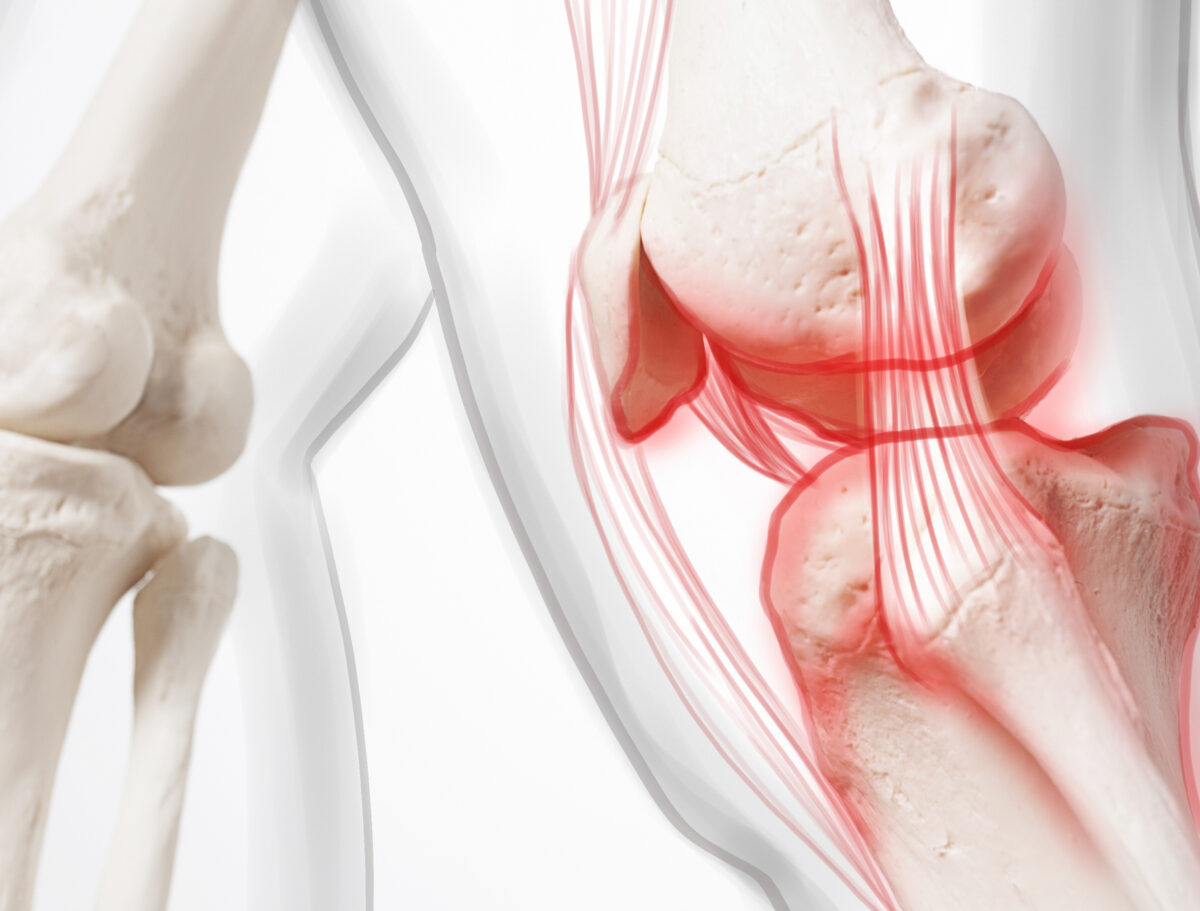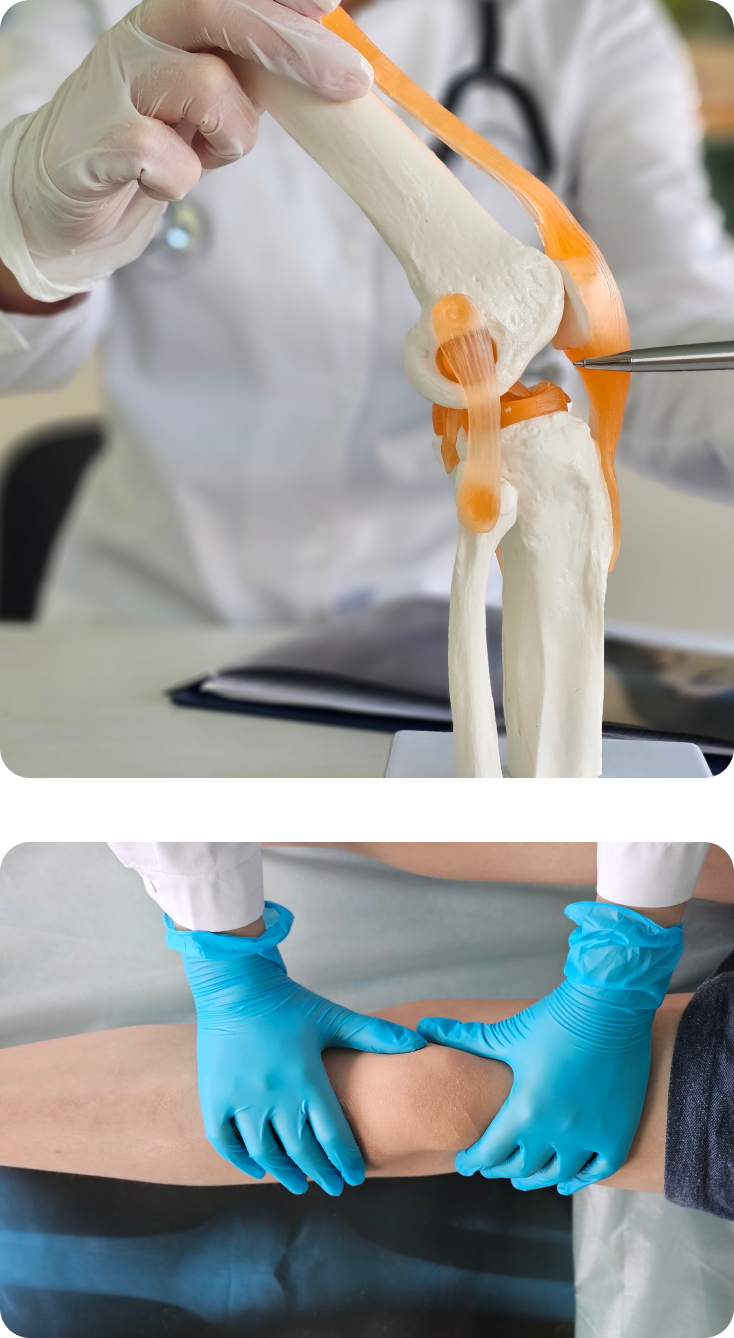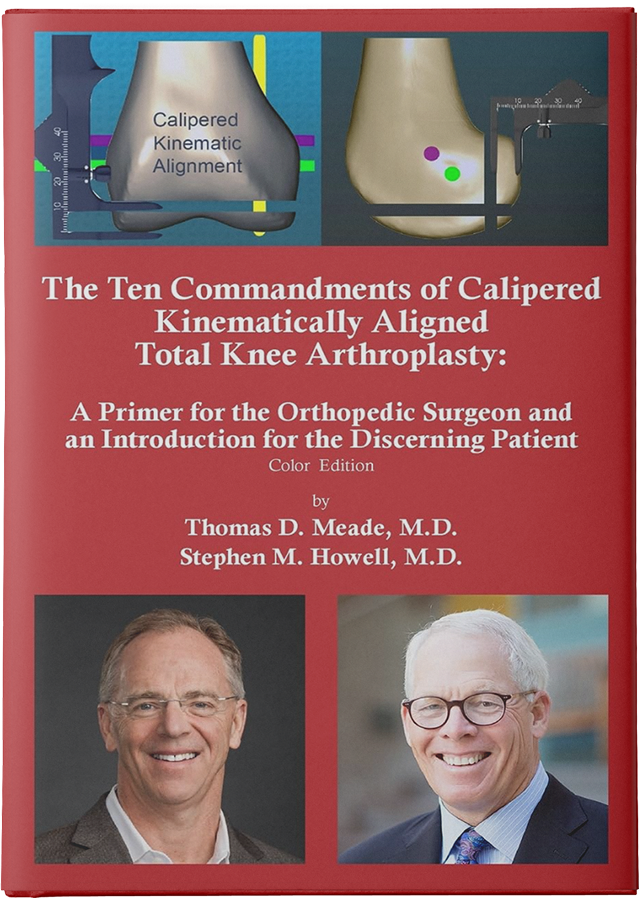Why Precision Matters
Kinematic alignment uses calipered measurements to place the implant with ± 0.5 mm accuracy, preserving healthy ligaments and optimizing natural knee movement. Unlike robotic-assisted surgery, which relies on pre-programmed templates, this technique prioritizes patient-specific placement, leading to:
- Better soft tissue balance
No need to cut or release ligaments
- More natural movement
Restores your unique knee structure
- Higher patient satisfaction
Faster recovery, less pain, and long-term success
Key Principles for Success
Kinematic alignment follows a precise set of surgical principles, often referred to as the “Ten Commandments” of Kinematic Alignment, guiding surgeons through caliper-based bone resections, soft tissue preservation, and intraoperative verification techniques—all of which are critical to ensuring long-term implant success.
As one of the earliest leaders in this approach, I remain committed to refining these techniques to give my patients the best possible results.
If you’re considering knee replacement, choosing a surgeon with expertise in calipered kinematic alignment is essential for a pain-free, long-lasting result.





